Operations Management 11th Edition By Jay Heizer – Test Bank
Operations Management, 11e (Heizer/Render)
Chapter 4 Forecasting
Section 1 What is Forecasting?
1) Forecasts may be influenced by a product’s position in its life cycle.
Answer: TRUE
Diff: 1
Learning Outcome: Describe major approaches to forecasting
2) Demand forecasts serve as inputs to financial, marketing, and personnel planning.
Answer: TRUE
Diff: 2
Key Term: Demand forecasts
Learning Outcome: Describe major approaches to forecasting
3) What two numbers are contained in the daily report to the CEO of Walt Disney Parks & Resorts regarding the six Orlando parks?
A) yesterday’s forecasted attendance and yesterday’s actual attendance
B) yesterday’s actual attendance and today’s forecasted attendance
C) yesterday’s forecasted attendance and today’s forecasted attendance
D) yesterday’s actual attendance and last year’s actual attendance
E) yesterday’s forecasted attendance and the year-to-date average daily forecast error
Answer: A
Diff: 2
Learning Outcome: Describe major approaches to forecasting
4) As compared to long-range forecasts, short-range forecasts:
A) are less accurate.
B) deal with less comprehensive issues supporting management decisions.
C) employ similar methodologies.
D) all of the above
E) none of the above
Answer: B
Diff: 2
Objective: LO1
Learning Outcome: Describe major approaches to forecasting
5) One use of short-range forecasts is to determine:
A) planning for new products.
B) capital expenditures.
C) research and development plans.
D) facility location.
E) job assignments.
Answer: E
Diff: 2
Objective: LO1
Learning Outcome: Describe major approaches to forecasting
6) Forecasts are usually classified by time horizon into which three categories?
A) short-range, medium-range, and long-range
B) finance/accounting, marketing, and operations
C) strategic, tactical, and operational
D) exponential smoothing, regression, and time series
E) departmental, organizational, and industrial
Answer: A
Diff: 1
Objective: LO1
Learning Outcome: Describe major approaches to forecasting
7) A forecast with a time horizon of about 3 months to 3 years is typically called a:
A) long-range forecast.
B) medium-range forecast.
C) short-range forecast.
D) weather forecast.
E) strategic forecast.
Answer: B
Diff: 2
Objective: LO1
Learning Outcome: Describe major approaches to forecasting
8) Forecasts used for new product planning, capital expenditures, facility location or expansion, and R&D typically utilize a:
A) short-range time horizon.
B) medium-range time horizon.
C) long-range time horizon.
D) naive method, because there is no data history.
E) trend extrapolation.
Answer: C
Diff: 2
Objective: LO1
Learning Outcome: Describe major approaches to forecasting


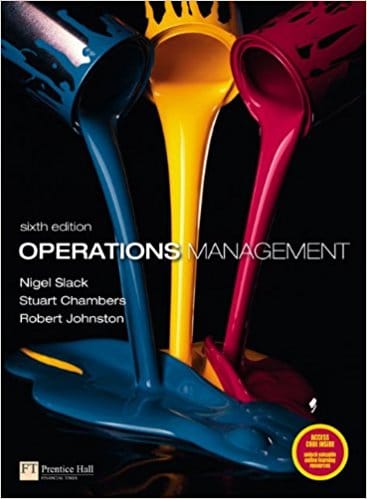
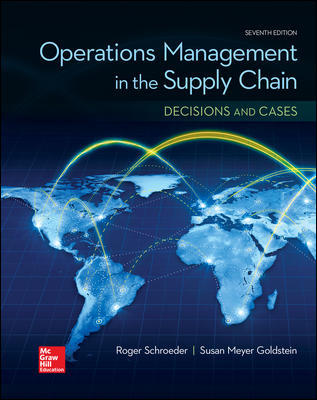


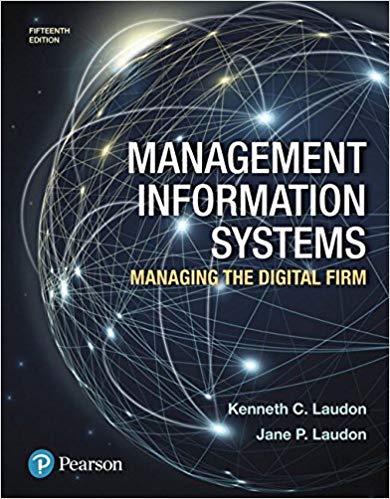
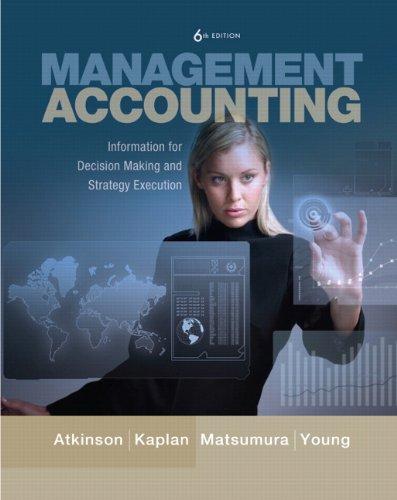

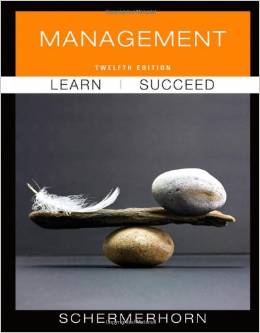


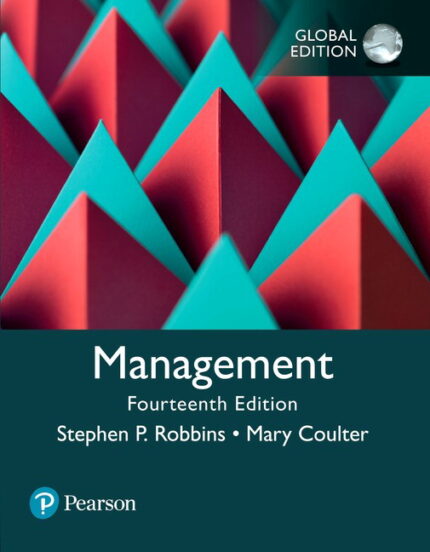

Reviews
There are no reviews yet.